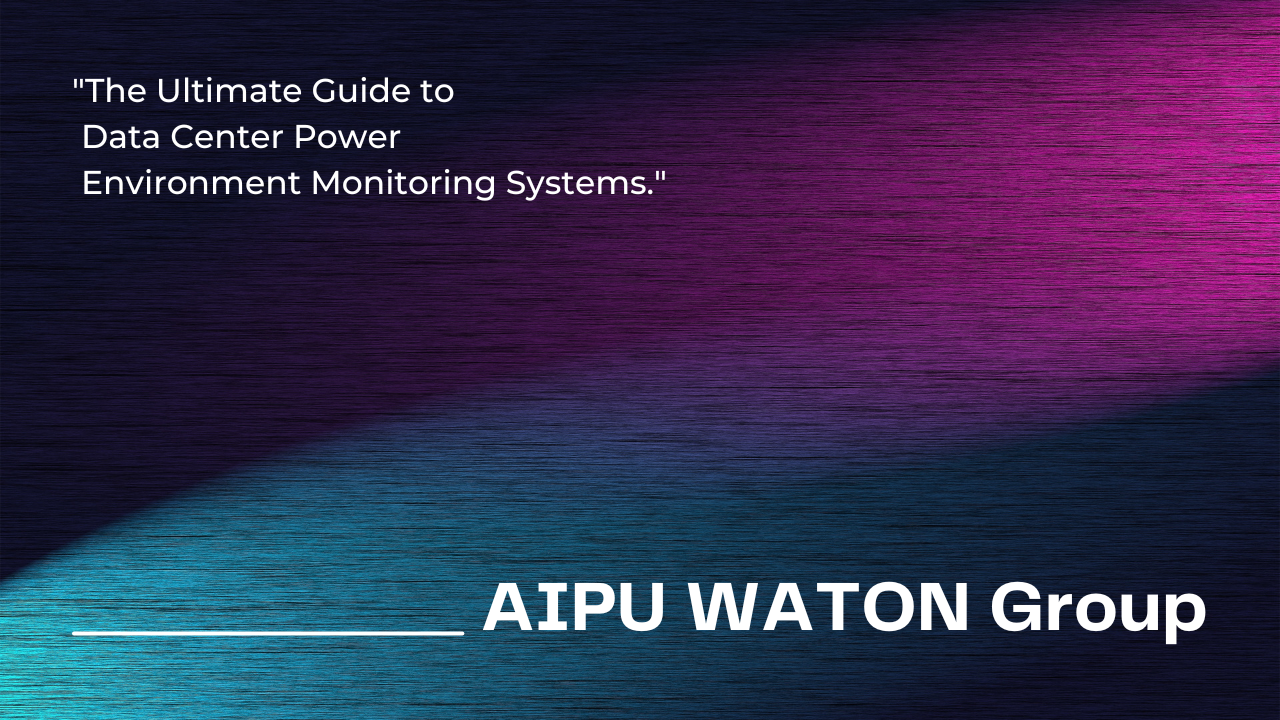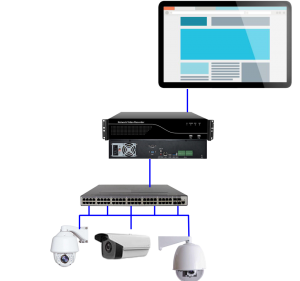For BMS, BUS, Industrial, Instrumentation Cable.

System Composition
An effective Data Center Environment Monitoring System (EMS) encompasses several essential components, including:
Essential Components

Specific System Components
Power Distribution Monitoring System,
UPS Detection System,
Distribution Switch Monitoring,
Battery Monitoring,
Air Conditioning System Monitoring,
Temperature and Humidity Monitoring,
Fire Monitoring,
Water Leakage Detection,
Access Control System Monitoring,
Lighting Monitoring,
Lightning Protection Monitoring.
System Software Functions
Monitoring and Control Function
The EMS comprises five remote capabilities—telecommunication, telemetry, remote control, remote vision, and remote adjustment—allowing centralized management of the entire system. This capability diminishes the need for constant staffing while increasing equipment reliability and reducing potential failures. Real-time data on operational parameters and alarm notifications are collected and displayed at monitoring centers, enabling informed decision-making regarding power supply and air conditioning systems.
Alarm Function
The monitoring console features an automatic alarm system that delivers notifications through both visual and audible signals across various interfaces. Alarms are differentiated by color-coded alerts and sound levels, categorized as emergency, important, or general. Maintenance personnel are required to acknowledge alarms to ensure an appropriate response; if left unacknowledged, notifications escalate via telephone, pager, or SMS to designated individuals.
Configuration Function
This function allows system management to adapt system parameters based on current equipment status during initial setups or changes. This flexible configuration aids seamless staff transitions, ensuring proper authorization adjustments for new or existing personnel.
Management Function
The management functionality encompasses several vital components aimed at maintaining system security:
· User Management: Facilitates the addition of new users, defines rights and access periods, and categorizes users based on roles.
· Authority Management: Establishes levels of authority for various roles within the system.
· Shift Management: Defines and manages shift schedules and associated durations.
· Access Control Management: Oversees permissions related to physical access to facilities.
· System Log Query: Enables examination of operational logs and system activity, which aids in maintaining security and traceability.
The monitoring platform employs stringent authorization protocols designed to prevent unauthorized access and ensure sensitive information remains secure.
System Characteristics
Principle of Practicality
The EMS design addresses existing dynamic monitoring needs while accommodating future upgrades, ensuring effective integration of current resources to eliminate unnecessary expenses on unaligned technologies.
Principle of Reliability
Engineered for high reliability, the hardware components of the system boast an impressive mean time between failures (MTBF) exceeding 100,000 hours for individual parts and maintaining an overall system MTBF of less than 20,000 hours. Such design standards ensure that the operational integrity of monitored equipment remains intact, even if the monitoring system experiences failures.
Safety Principle
The EMS prioritizes security by integrating necessary protocols and confidentiality measures to prevent unauthorized access and potential attacks. This infrastructure is critical for the efficient and reliable functioning of power systems and safeguards the integrity of associated applications and data.

Control Cables
Structured Cabling System
Network&Data, Fiber-Optic Cable, Patch Cord, Modules, Faceplate
Apr.16th-18th, 2024 Middle-East-Energy in Dubai
Apr.16th-18th, 2024 Securika in Moscow
May.9th, 2024 NEW PRODUCTS & TECHNOLOGIES LAUNCH EVENT in Shanghai
Oct.22nd-25th, 2024 SECURITY CHINA in Beijing
Nov.19-20, 2024 CONNECTED WORLD KSA
Post time: Jan-14-2025
